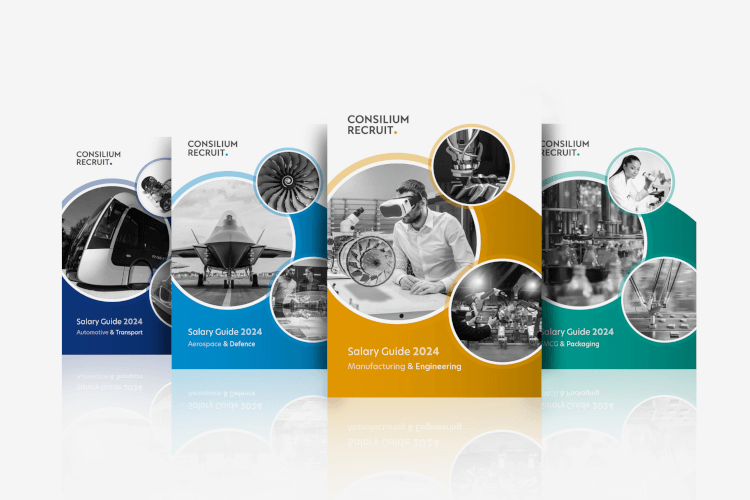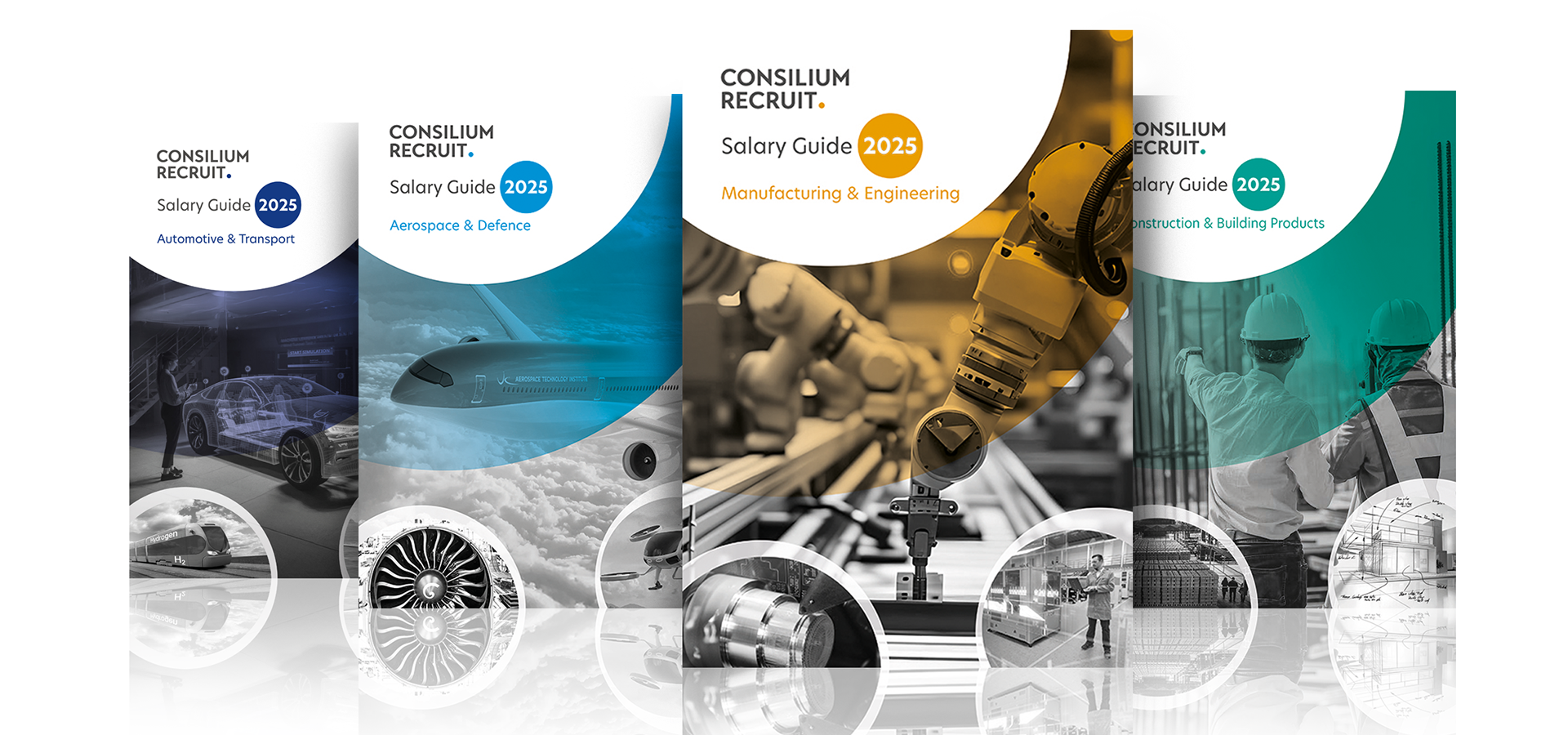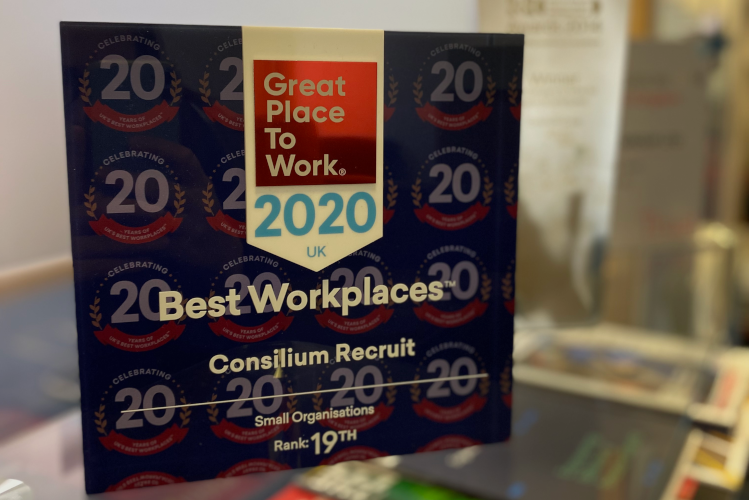Secure the interview
The perfect CV
To make your CV as effective as possible, think about what skills and qualities they may wish to invest in and why. You can then organise and present your information in a way that is likely to interest the employer.
Use your CV as a personal marketing tool. It serves as a platform from which to promote yourself to a prospective employer and, as your life is constantly changing and your career developing, it’s imperative that you update this information. The most effective CVs are those that are tailored or customised to a specific occupation or application – an employer will only spend 20 to 30 seconds glancing at a CV, so you need to highlight your main attractions at the beginning.
It is important to remember that ultimately there are no rules to creating a CV, only conventions and guidelines. You must decide what you want to include that will reflect your good points in relation to the job requirements. This article aims to clarify some of the main steps to creating your perfect fit CV.
To make your CV as effective as possible, think about what skills and qualities they may wish to invest in and why. You can then organise and present your information in a way that is likely to interest the employer.
Self-assessment
The first step in your CV writing process should be to assess yourself against the criteria of the role. You should have been provided with a detailed job specification – either upon request from the company or through your recruitment consultant. This offers you insight into the requirements of the employer and is your first opportunity to display evidence of your suitability to the post. By working through a specification and noting examples of when and how you displayed particular skills plus achievements, you create an application that highlights all the key points an employer is looking for.
Content
Make sure your CV is interesting to read and flows in a logical manner. Include personal details such as name, address, telephone number and email address. If you wish to include a personal profile, then it can follow on from these details. A personal profile is an optional paragraph but its purpose is to provide a short, punchy summary of your individual qualities. Through this you can clarify your career plan and highlight your key attributes.
Education and qualifications
This section provides details of your educational achievements to date, giving particular prominence to those most recent / relevant. It normally includes names and dates of attendance at school, college and higher education. It is often best to list your education and qualifications in reverse chronological order – and don’t be modest, give your educational achievements the glory they deserve! Don’t assume employers will know about your particular degree or qualification, be prepared to offer a description of what the course entailed and the training you received.
Skills, training and memberships
It is important that you include all your skills plus vocational training relevant to the role such as workshops & seminars attended. Specific software skills, applications and operating systems, plus details of any languages and level of proficiency should also be included.
Employment and experience
Details of employment, placements and even voluntary work should be included in a specific section of your CV. List positions in reverse chronological order and provide a brief description of the key tasks and skills you developed in each role. Include details of each employer, dates of employment and your own job titles. Use concise sentences or bullet points to save space and ensure the document is aesthetically pleasing.
Even if previous roles are not directly related to the one you are seeking, you can draw attention to examples of transferable skills such as: communication; financial awareness; flexibility; organising and co-ordinating; team work; initiative; supervising and time management. Never leave gaps – if you took a year out, or carried out interim assignments, then say so. It is also advisable that you don’t cite your reasons for leaving a job on your CV – keep it positive and leave this topic for discussion in an interview.
References
It is normal to provide the contact details of two referees. These could be one from university and the other from an employer, or if you have gained extensive experience since finishing full time education, could be from two previous employers. If possible, select referees who are appropriate to the specific job for which you are applying and always ask permission from the people you intend to include on your CV before you do so.
Presentation
The quality and presentation of your CV is vital when selling yourself. The appearance of your CV is an indication to a prospective employer of the type of person you are. The most effective way to present your CV is with bullet points, bold headings and underlining. These simple methods achieve a clear, structured, user-friendly style. Use headings and sections to signpost your reader to the information they are seeking. Be consistent in how you organise information, for example providing both educational and employment details in reverse chronological order.
Unless your experience spans a considerable number of years, you should try to make sure your CV is no longer than 3-4 pages although there are no hard and fast rules.
There are a few common mistakes people make when creating a CV: lack of care in particular can be heavily penalised. The importance of checking over your CV for spelling and grammatical errors cannot be emphasised enough. Ask a friend or family member to check over it too, as mistakes will not always be obvious to you.










